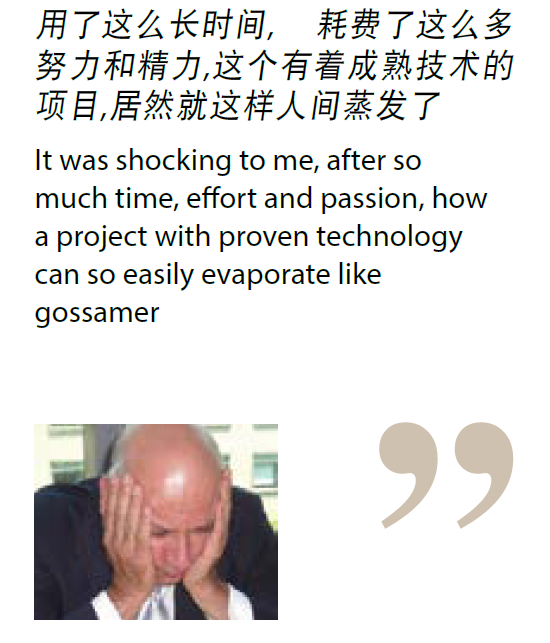Peter Corne is a long-time resident of China, managing director of the Shanghai office of Eversheds and chair of the energy working group of the European China Chamber of Commerce in that city. China Business Law Journal asked him about the prospects for clean energy and the environment in China
China Business Law Journal (CBLJ): You are one of the most experienced foreign lawyers in China, and you don’t seem to be leaving any time soon. What’s the story?
Peter Corne (PC): I’m almost 21 years into my China experience. For 15 of those years I have practised as a foreign lawyer in China. I’m thoroughly settled in Shanghai, with a life that has been made possible by the generous salaries foreign law firms have to offer, and the development that has made it possible to raise children in an environment without having to feel that I am sacrificing my family’s quality of life in pursuit of selfish career goals. For sure, it hasn’t always been easy, but from a personal growth perspective, it has always been enriching. I owe this country a lot, and I’m here to stay.
CBLJ: Is this feeling of obligation at the root of your new emphasis on environmental law?
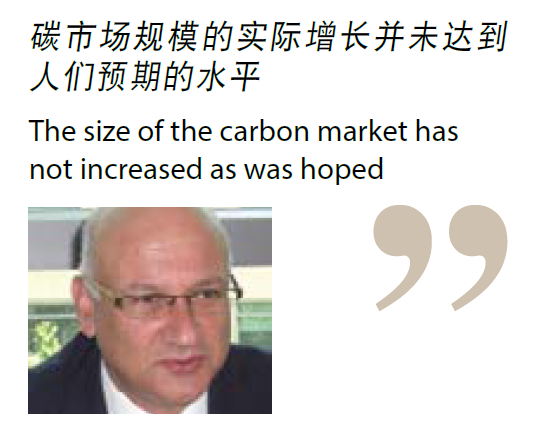
CBLJ: How did it all start?
PC: The much hackneyed phrase ‘two steps forward one step back’ certainly describes my experience so far. I first got deeply involved in 2005, when I was asked by Marubeni to act in one of the largest Clean Development Mechanism (CDM) projects seen until that time, the Juhua hydro-fluorocarbon decomposition project in Zhejiang. At that stage, it felt like I had the chance to scurry up the cliff face of a brave new world of environmental responsibility. Unfortunately, that view was not shared by the law firm that I was with at that time. Now, more than five heady years later, the CDM regime has morphed from what in legal terms was a very cutting edge thing, into something whose documentation has become largely commoditized. I and many others are now coming to terms with the mournful feeling of resignation – or dare I say it, betrayal – arising from the failure of the participants in the Copenhagen United Nations climate change conference to arrive at any meaningful emission reduction commitments. That failure could have serious consequences for CDM and clean energy investment in general.
CBLJ: What do you mean by “serious consequences” ?
PC: With the US still unwilling to make firm carbon emission reduction commitments, and the EU drawing back from toughening its emission reduction targets, the size of the carbon market has not increased as was hoped. So demand for carbon credits continues to be lukewarm, affecting carbon pricing which hovers at low levels. With the price of Certified Emission Reductions (CERs) low, their value as a tool for incentivizing investment in renewables projects (through having a material impact on financial returns) is limited. Low CER pricing, the risk of what will happen to CERs after the Kyoto Protocol expires in 2012 and the risk that the executive board of the Clean Development Mechanism will not approve a project, loom large and affect up-front carbon funding. The demand for primary CERs – the credits bought directly from a China project – has waned. And secondary CERs – those that have already been issued by the UN and guaranteed by the seller – averaged only 11.55 Euro for the December 2010 delivery contract. In such an environment, buyers are only really prepared to buy CERs that have already been issued by the UN and have a low level of risk. The consequence is that many marginal projects have not gone ahead, and continue to be shelved due to low CER prices. We were expecting a great wave of cleantech investment into China in order to feed CERs into the US market. But related technology and investment in cleantech is still a pale reflection of what it could be. Reportedly, at least one oil major has cut back on its research into RE solutions because it can no longer demonstrate the benefit to shareholders from carbon credit revenue.
CBLJ: What is the China angle?
PC: The problem of low carbon pricing has been made worse by the floor price set by the NDRC for CERs generated in China, which even applies to post-2012 credits. And other, more traditional obstacles still loom large. It is still hard for RE projects to provide a return to investors without strong government support in the form of incentives, tax breaks and subsidies. For foreign investors, although such support exists, the level of support really depends on a number of different factors. Not least among these factors is the need to position the project and its technology in a way that commands the attention and the interest of relevant government departments at both local and central levels. Central government incentives may look attractive to investors on paper but enforcement depends much on local government that is normally strapped for resources and protective of competing local business interests.
CBLJ: Can you give us some real-life examples?

Grid connection (or the lack of it) is another unpredictable area that has manifested itself in the most obvious fashion in Inner Mongolia in respect of wind farms. There is too much electricity being produced by coal-fired power plants and by wind farms for demand in Inner Mongolia. Hence there is little incentive for grid companies to expand grid connection. The same phenomenon is apparent for hydro-power projects in isolated parts of the south west. The assumptions underpinning financial returns in many of these projects have been undermined by inadequate grid connections, with the result that many projects are up for sale. While the most recent amendment to the RE Law at the end of 2009 attempts to tackle this problem by requiring grid companies to step up their investment in grid infrastructure in order to improve connectivity to RE projects, ultimately in areas where the grid infrastructure is inadequate, local political connections inevitably play an important role in determining when grid connections can actually be achieved. And can one really blame the grid companies? In south west China, hundreds of thousands of small companies migrated to Laos and Vietnam in search of a lower cost base with the onset of the financial crisis, causing a drop in electricity demand and hence in grid company revenue. All this while thousands of villages in the region only have the connectivity to support little more than one light bulb.
CBLJ: So, what can be done?
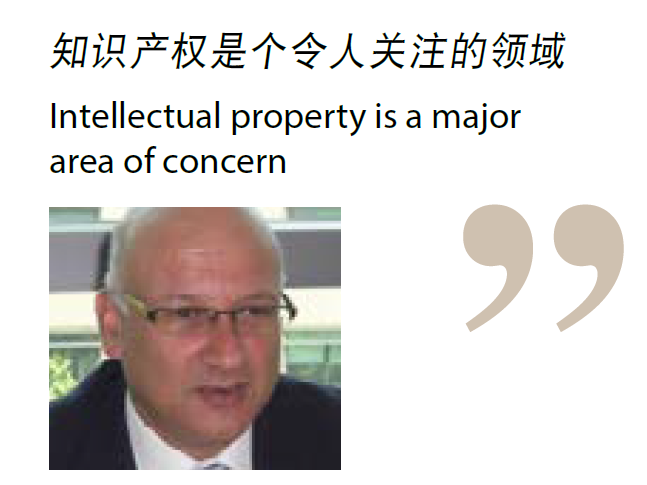
The new and bold model of market entry which addresses the reality of the times accepts that there is only a short window for exploitation and scalability (and hence for the new technology to become the standard) before it gets copied anyway. An aggressive market entry strategy, together with continued commitment to improvement through onshore R&D collaboration, seems to be the right formula. A typical example is projects in the area of cleaner coal. Cleaner coal – particularly coal liquefaction – is central to efforts to address energy security concerns by weaning China off its dependence on imported oil. Certain domestic technology companies have developed world class cleaner coal technologies that compare favourably with or even surpass technologies developed elsewhere. (On the other hand Shenhua’s reportedly less than successful efforts at developing a coal liquefaction solution are a persistent headache for those seeking to end China’s dependence on imported oil.) Any attempt by a foreign investor to penetrate China’s cleaner coal market will need to address the gaps in China’s current technological matrix through partnering with a leading coal player that offers technology of its own, a strong balance sheet, government support and the promise of a fast track to scalability.
The establishment this year of a US-China Clean Energy Research Center in Beijing, funded by both the US and China governments, points to an acceptance that cleaner coal – one of its primary focus areas of focus – is ‘the real deal’. Coal constitutes 75% of China’s energy mix at present and will still account for 50% in 2020. Any coal application that diverts coal from traditional applications to new low-emission solutions will be of considerable benefit to the achievement of emission reduction goals. The new carbon tax that is reportedly under discussion at the higher echelons of the Chinese government will undoubtedly accelerate this process by bringing project economics into better alignment with emission reduction objectives.
CBLJ: You talk a lot about technology, which often gives rise to concern about intellectual property rights. How does IP fit into the picture?
PC: Intellectual property is a major area of concern. Projects that would not depend for their viability on carbon credit revenue are often not initiated because of a deep seated distrust – or should we say fear – of China’s haphazard IP protection environment. We don’t need to repeat the horror stories that have given rise to this fear, which are, by and large, well-founded. But what is often neglected are the precautions that can be put in place to make the infringer’s task more difficult. Technology companies in China can creatively combine various IP protection methods to maximize the protection they receive. For example, it may not always be wise to commence patent applications straight away; it may be better to keep the relevant IP strictly confidential, while closely monitoring the market situation and industry landscape to find the perfect time for filing. Or it may be the case that without ancillary innovations, the products made by core technology may have a very limited market. In this case, it will be a good choice to patent the core while keeping the peripheral parts strictly confidential, establishing two battle lines against infringement. Alternatively, one might choose to keep strictly confidential the indispensable core parts of innovations, which would render them immune to independent R&D or reverse engineering, while patenting all the other parts. To leverage and capitalize upon existing IP rights, a company might wish to collaborate with other market players by sharing core technology through cross-licensing and joint R&D arrangements, so as to provide more opportunities for their own commercial operations and creative activities, while at the same time putting in place obstacles to entry for competitors into the relevant market.
To make the most of the opportunities presented by the China market, a foreign investor must not be afraid of collaborating with a strong local player to build a platform that may include a package of technologies. The local partner must have the network to ensure scalability. This does not necessarily mean the foreign player must accept a minority shareholding in a project vehicle. For a foreign investor and Chinese partner to collaborate effectively may mean an alignment of interests through contractual partnership augmented through collaboration on R&D, with an offshore ‘black box’ (to which access is strictly restricted and monitored) retained for the most critical and sensitive technologies.
CBLJ: Where does the venture capital industry, and its money, fit in?
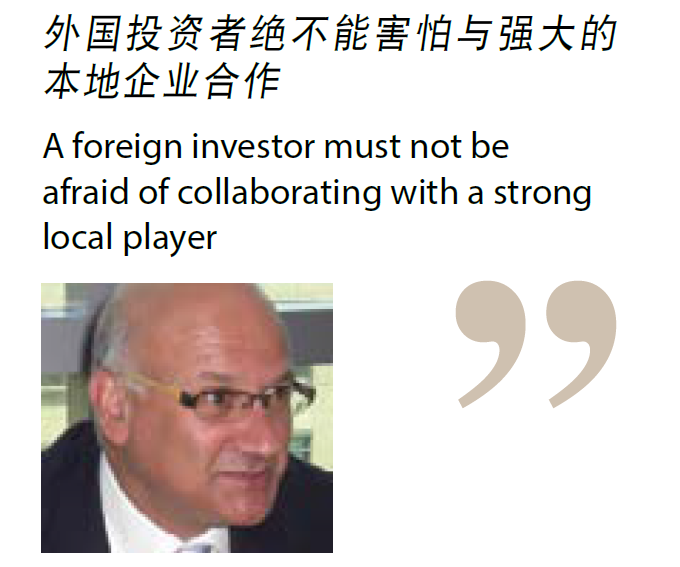
Of course there are numerous foreign PE funds that are seeking projects to fund in China. So many that a common observation is that ‘there is too much money chasing too few projects.’ But these ‘projects’ are only those with a fairly mature balance sheet. There are many projects that need start-up and growth capital to which such funds would not spare a passing glance.
Jargon-buster: carbon trading
Carbon Credits
See CERs.
CDM
The clean development mechanism (CDM) is one of three market-based mechanisms contained in the Kyoto Protocol (see definition, below). It is designed to help countries to meet their greenhouse gas emissions targets, and to encourage both the private sector and developing countries to contribute to emissions reduction efforts. The CDM allows emissions reduction projects in developing countries to earn carbon credits (officially known as Certified Emission Reduction credits, or CERs) (see
definition, below).
CERs
Under the CDM (see definition, above), Certified Emission Reduction credits (CERs) may be earned by developing countries for emissions reduction projects. Each CER is equivalent to one tonne of carbon dioxide. CERs can be traded and sold, and used by industrialized countries to meet part of their emissions reduction targets under the Kyoto Protocol (see definition, below). CERs are also informally known as “carbon credits” .
Clean Coal
Clean coal technology includes a range of techniques being developed with the aim of reducing the environmental impact of the burning of coal for power generation.
Copenhagen Accord
The Copenhagen Accord is the document agreed at the United Nations climate change conference in Copenhagen in December 2007. It is not legally binding and does not commit countries to agree to a binding successor to the Kyoto Protocol.
Kyoto Protocol
The Kyoto Protocol is an international agreement linked to the United Nations Framework Convention on Climate Change. It was adopted in 1997. The major feature of the Kyoto Protocol is that it sets binding targets for 37 industrialized countries and the European Union for reducing greenhouse gas emissions. Average targets amount to a 5% reduction over the five-year period from 2008-2012.
CBLJ: What about other sources of finance?
PC: Obtaining local bank finance is a major challenge. With the recent exceptions of Xinye Bank and China Merchants Bank, most local banks have lacked the experience and the expertise to assess the risks of lending to renewables projects, except those that are essentially state-sponsored. IFC and Proparco have tried to address this issue in a small way by providing offshore guarantees to domestic banks that are prepared on that basis to provide RMB loan carbon financing. But domestic banks are generally not very willing to fund private projects, and where they do, they exact a heavy price. In one privately held hydro project, the parent company was required by a bank in Dalian to provide collateral amounting to four times the amount of the loan.
But new sources of local financing have emerged. The Chinese government’s stimulus package has provided considerable financing to renewable energy projects, and infrastructure projects related to renewables. Many new local RMB funds drawn from domestic sources actively are seeking investments in this area. Local informal groups of entrepreneurs are coming together to form informal local PE funds, and in the wake of the financial crisis, are financing a massive retooling program in which export-oriented widget makers are being turned into domestic demand-driven parts makers for the renewables sector, particularly wind. Against this background, in order to raise local financing, it is critical to demonstrate the existence of a local market for the products.
CBLJ: You said at the start that your career in China hasn’t always been easy. Can you tell us something of the difficult times?
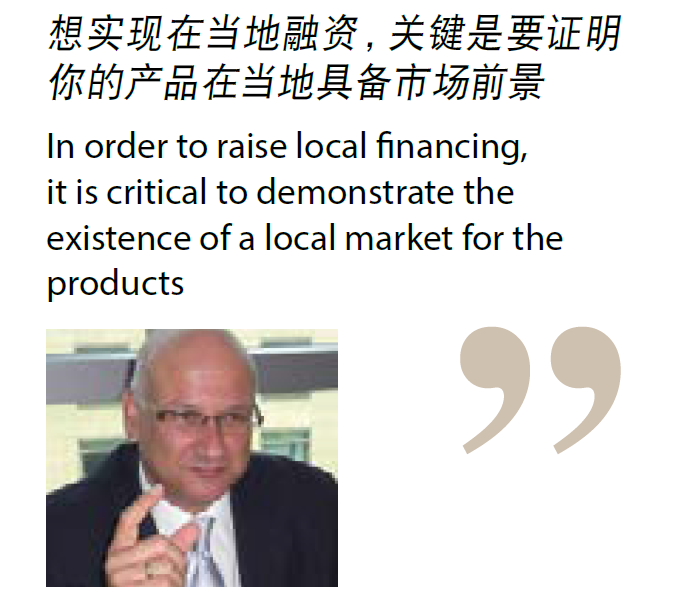
It was shocking to me, after so much time, effort and passion, how a project with proven technology can so easily evaporate like gossamer – a project involving something of such obvious benefit to everyone. I guess that suggests a certain naiveté, and that as a lawyer I have lived a sheltered life. But seriously, what it really does do is underline the importance of government support for such VC initiatives. In the absence of adequate angel funding, government funding is critical to get such new technology projects to a point where their balance sheet can withstand the rigorous scrutiny of private PE investors. China has begun to realize this and is rapidly ramping up government investment in innovation. But while China’s investment in green energy projects last year was twice that of the US, China is painfully aware that its investment in innovation today only amounts to a quarter of that invested by its pan-Pacific rival which represents the benchmark for the aspirations and desires of much of China’s leadership.
CBLJ: So where do we go from here?
